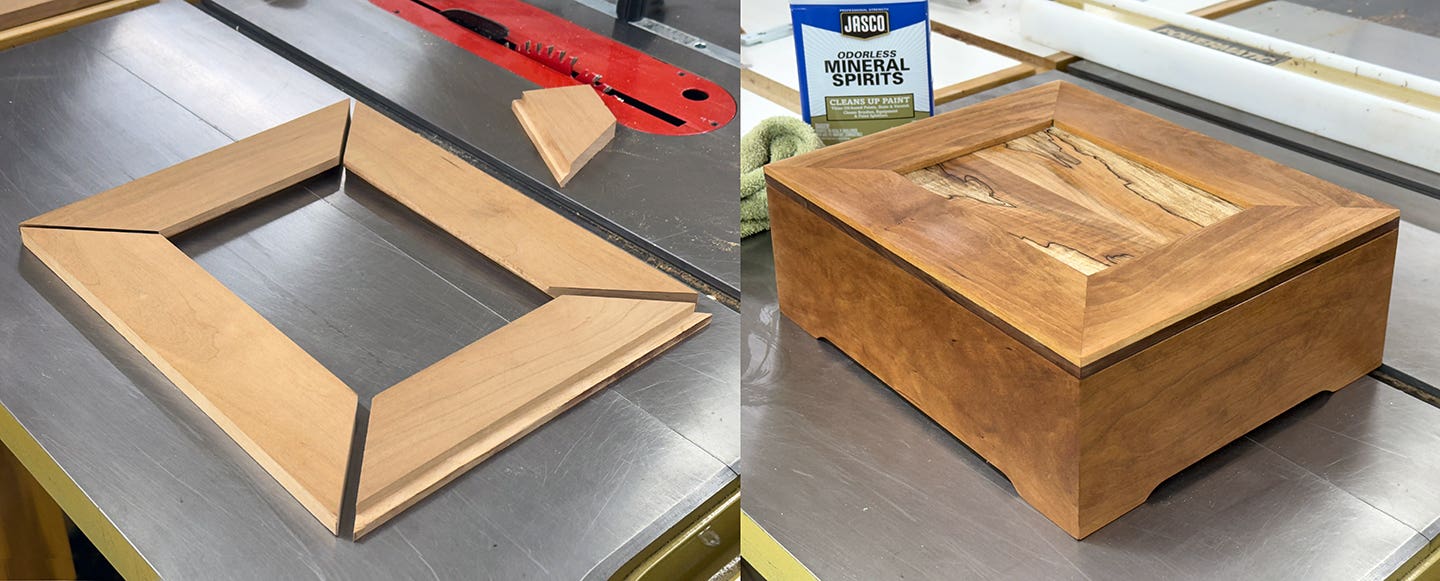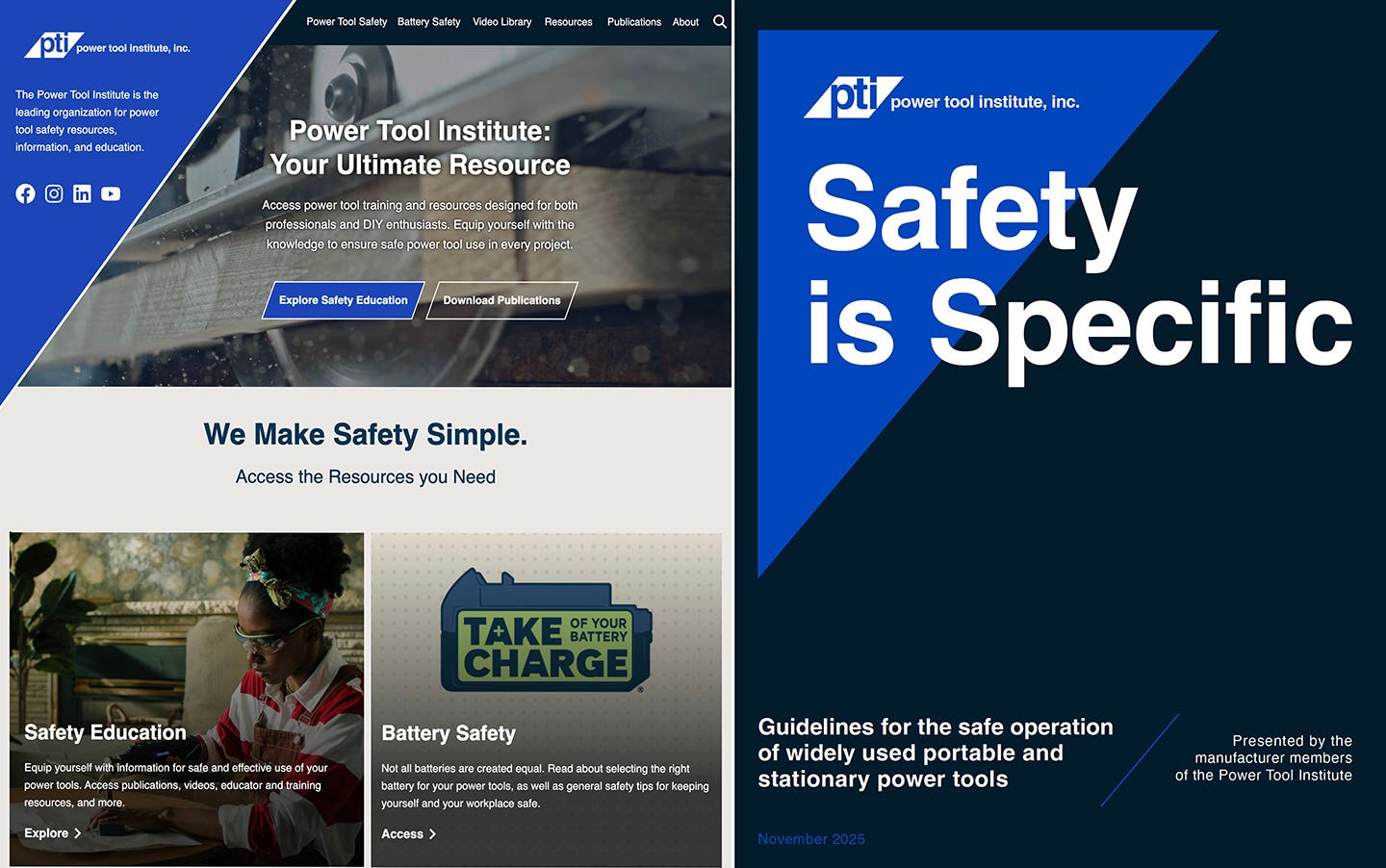A primer on using lower-VOC finishers
Finish manufacturers have been dealing with the challenges of lower VOC coating products for quite a while. They’ve learned a lot, but the information has struggled to reach the small-shop…
Finish manufacturers have been dealing with the challenges of lower VOC coating products for quite a while. They've learned a lot, but the information has struggled to reach the small-shop finisher.
{loadposition position10}
The manufacturers have been mandated to use lower VOCs by the Environmental Protection Agency and other regulatory bodies, including the South Coast Air Quality Management District in California and the Ozone Transport Commission, which covers many of the Northeast and Mid-Atlantic states.
Generally, VOCs are any volatile compound of carbon, with certain exclusions and, legally, some exemptions. The metric for VOCs in a product is generally the weight of the VOC per volume of product, but there are variations for different types of formulations. It is the responsibility of the manufacturer to provide that information for the customer, usually on the label and other literature such as material safety data sheets.
Because the whole country is not using the same rules for regulating VOCs and because there are operational costs and performance differences between products based on their VOC level, coatings manufacturers are producing essentially identical products in several VOC levels to meet the needs of those varied markets. In general, customers are buying the higher VOC products until they are convinced they are going to have to make the switch to a lower VOC product, either because the product they are using will no longer be made available to them or they will have to adopt control measures that can be expensive and inconvenient.
Acetone to the rescue
The EPA has determined that acetone, although it is a VOC, has negligible reactivity, thus little potential for contributing to air quality degradation, and has declared it (along with a list of other solvents) an exempt VOC. This means it can be used in a coatings formulation without having to be computed as a VOC, thus allowing more of the non-exempt VOCs as necessary in the formulation. Acetone is a very good solvent for many of the resins used in evaporative coatings, including nitrocellulose, acrylic, pre- and post-catalyzed lacquers, and conversion varnishes. It is not an expensive solvent, does not have a very objectionable odor and the odor is not persistent or clinging.
It is an acceptable solvent that can replace other solvents and diluents in a formulation, but almost never in equal amounts and often not simply as a single component replacement. Among the factors a formulator must consider are solubility of the resin in the solvent, evaporation rate and reaction with potential additives such as colorants or flow control agents.
For the finisher, the most important attribute affected by acetone is the evaporation rate, which directly affects dry time. Acetone dries quite rapidly, which can work to your advantage, but under certain circumstances requires a different technique or perhaps more attention to detail during application.
For example, you are in the habit of applying a double coat, which might best be described as a less-than-full wet coat in quick passes, followed by another light coat either parallel or perpendicular to the first application, either out of habit or the desire to avoid runs or drips. With a much higher evaporation rate, which you will experience with the higher percentage of acetone in the coating, and the smaller amount of the slower solvents, the first pass will be much drier than you are accustomed to. It will not have as much time to penetrate into the wood as before and may fail to achieve the adhesion needed. In more extreme cases, the second coat may even be dusty or pimply because some of the sprayed material dried before it was able to wet out and level the first application.
Let's take this a little further and add some humidity. There will be a greater drop in temperature at the surface of the workpiece because of the faster evaporation of the coating, increasing the likelihood of condensation on the workpiece reacting with the resin in the lacquer and resulting in blushing.
Regulations vary from place to place, but one common denominator is that if you add reducer, retarder, flow-control additives, some colorants or other VOC solvents, your product might no longer comply with the new regulations.
For better results
Here are a few things you can do to make the new system work better, without risk of running afoul of the law. You might find your operation becoming more efficient in the process.
Spray a full wet coat
This wets out the surface more effectively, allows better penetration into the substrate and better solvent bonding between coats. If you are using a conventional or HVLP gun, use the lowest pressure that will give you a good spray pattern. If your material is too thin (low viscosity) to get a good pattern with your current setup, talk to your equipment supplier about a different tip and needle. Spraying a full wet coat also saves you time and material. If you can't do it without streaking, puddling or running and you know that the equipment is correct, you just need practice.
Scuff sand between coats
Even if you were taught that with lacquer you don't need to abrade the subcoat, consider that these coats are drying very rapidly and don't have the slower evaporating solvents to keep the bond wet enough to fully form. Scuff sanding exposes more surface area to the solvents in the upper coat and holds them there in the sanding scratch for a longer period, facilitating the formation of the solvent bond.
Avoid having hot and/or very dry air blowing through the spray area
Control the airflow in the spray booth to the minimum legal velocity that will keep the overspray and vapors moving properly.
Have the coating and workpiece at least at room temperature when spraying, especially in high-humidity conditions
There will be a cooling effect from both the release of pressure (from the air tank in HVLP and conventional spray setups) as well as from the rapid evaporation of the acetone. This cooling can cause blushing, so starting out at a slightly higher temperature will reduce that likelihood.
Many formulations using high-acetone blends of solvents are more sensitive to temperature changes than blends previously used.
Most of the low-VOC lacquers are also low viscosity and intended to be sprayed without additional thinning. At very low temperatures, generally lower than the manufacturer would recommend for spraying, the lacquer may become too thick (higher viscosity) to spray properly. While the recommended solvent in this case may be more acetone, I'd much prefer that you reduce the viscosity of the lacquer by warming it in a safe manner, such as sitting the cup in a pan of warm water. Adding more acetone to reduce viscosity can accelerate the cooling that would exacerbate a blushing problem in higher humidity conditions.
I think it's likely that slower active solvents will be developed and gain acceptance unless a superior technology is introduced. I also believe that we will be dealing with solvent-based sprayed coatings for many years to come in spite of - and sometimes because of - the changes we make now. Similar issues due to solvent changes in other coatings products, such as stains, glazes, toners, fillers and colorants, will also have to be addressed. n
Greg Williams, formerly senior touch-up and finishing instructor for Mohawk Finishing Products, is now a freelance instructor and consultant for finishing and touch-up. He can be reached at gregalwil@yahoo.com.
This article originally appeared in the October 2010 issue.







